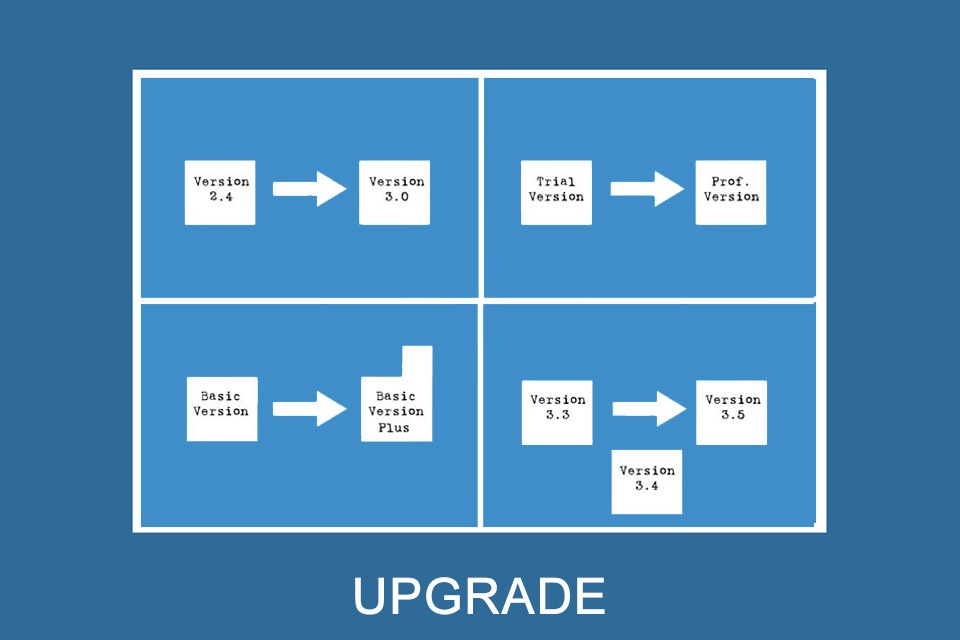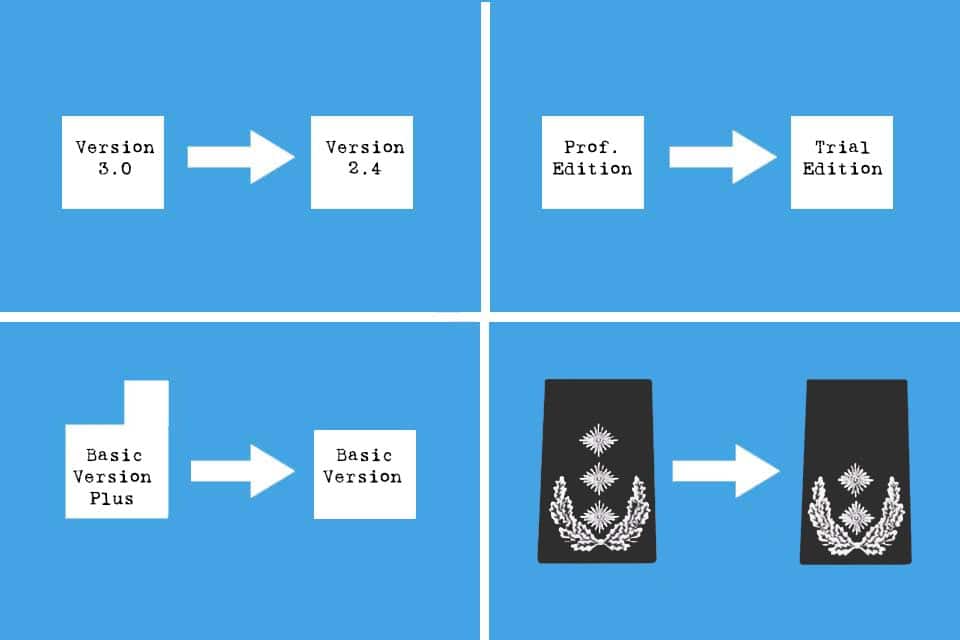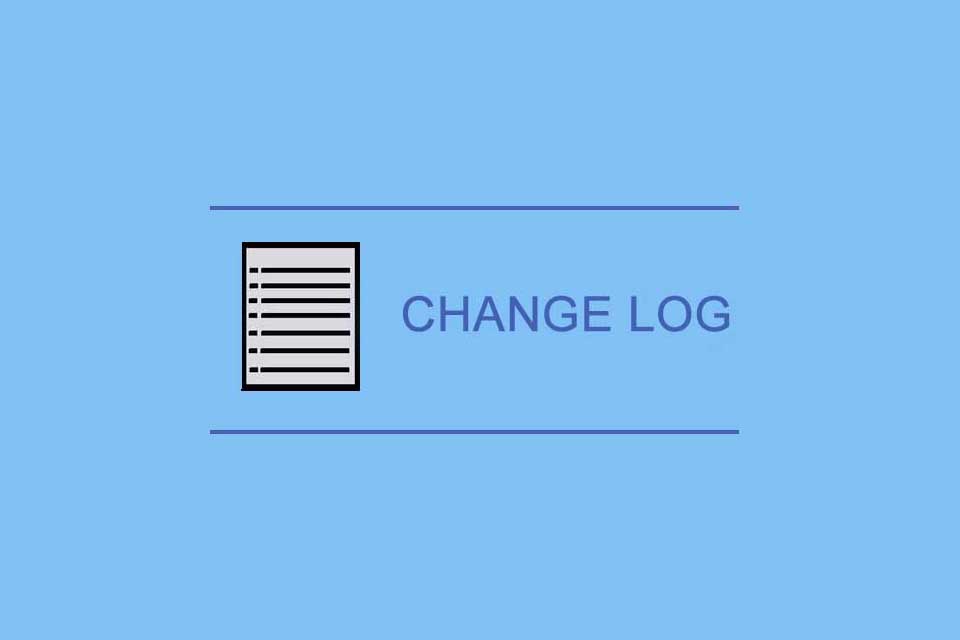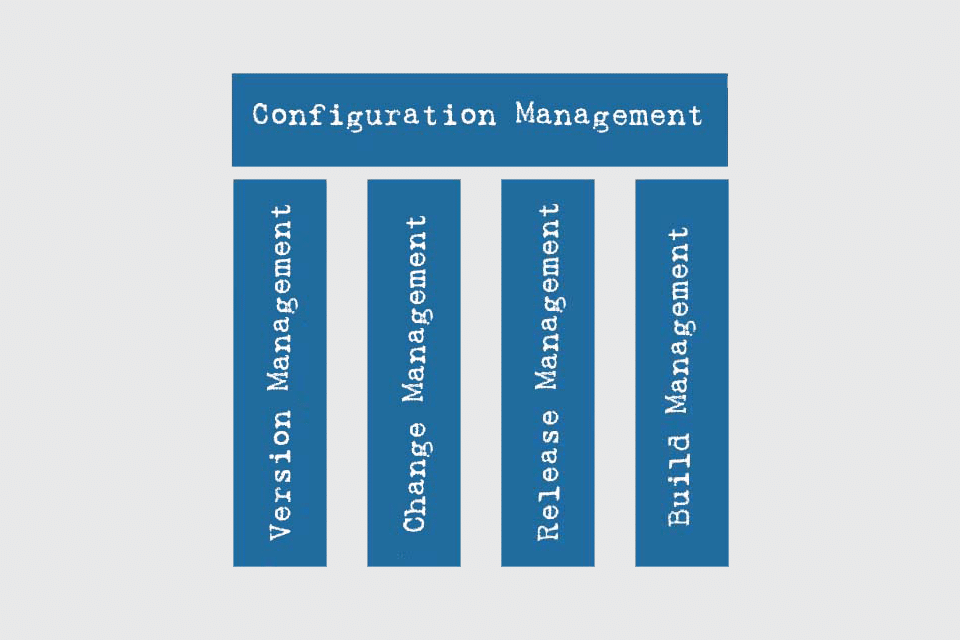What is an Upgrade?
Smartpedia: An upgrade refers to a new or improved version of a product or service. Ideally, it offers additional value to the beneficiary.
Upgrade – the improved version of a product or service
Companies continuously enhance products or offer products and services in different levels or categories. An upgrade is a new, improved, higher-value version of a product or service that is made available to customers or offered to interested parties. Ideally, it offers users additional options and thus new benefits.
There are many examples “from life” for upgrades:
- Hotels offer larger rooms at the same price for regular guests.
- Airlines give passengers business class flights as a gift if the corresponding seats have not been sold. This is often referred to as an operational upgrade.
- Car rental companies provide vehicles from “higher” categories (often on personal request).
- Railway companies offer 1st class tickets at no extra charge for early bookings.
- Pay-TV providers bundle the sports package with the film package.
- Mobile phone companies extend existing contracts with additional options such as 300 free text messages.
Of course, the list is not complete.
Software and hardware upgrades
In the context of software and hardware, upgrades are often referred to. A software upgrade – for all its subtleties and differences from a software update – refers to the upgrading of an existing program. Upgrading is defined as
- the provision or installation of a new major release,
- the change from a free Trial Edition to a paid Professional Edition, to be observed for example with virus scanners or computer games,
- the extension of a basic configuration of a software by the purchase of additional software modules or components,
- the implementation of a new operating system, e.g. the changeover from Windows 7 to Windows 10.
- omitting or skipping software versions in connection with the installation of the current version (version 1.0 is installed, 1.1. 1.2 and 1.3 were not installed, version 1.4 is installed).
Skipping software versions could also be understood as an update; opinions vary here. The Apple operating system is similar: In Mac OS X, the first major version 10.0 was called Cheetah, 10.1 was called Puma. Since there was no change in the main version number, it should be an update in the “traditional” sense, but the content was an upgrade, i.e. an upgrading. Or what do you think?
There are also upgrades for hardware, for example when
- individual components such as the processor are replaced by more powerful variants,
- additional components such as memory modules are used or
- entirely new, improved versions of a product – a MacBook Air instead of a MacBook Pro or MacBook – are bought.
Prerequisite for Software Upgrades
Just because a manufacturer provides a software upgrade does not automatically mean that it is installed directly in the company network or on the customer’s computers. This may be due to the fact that
- a company-wide rollout can be costly with client-server architectures.
- the new version is tested for errors, among other things, before being put into operation.
- the comparability with existing systems and their interfaces, or with older versions and existing data is ensured.
- an internal whitelisting is required.
- if necessary, the need for provided new features, which are normally described in the change log, is clarified internally.
- training costs for the application of the new features are estimated and budgeted.
For hosted services and browser-based applications some of these requirements are not necessary.
More examples of upgrades
There are many other “real life” examples of upgrades:
- Hotels offer larger rooms at the same price for regular guests.
- Airlines give passengers business class flights for free if seats have not been sold. This is also known as an operational upgrade.
- Car rental companies provide vehicles from “higher” categories (often on personal request).
- Rail companies offer 1st class tickets at no extra charge for early travel bookings.
- Pay-TV providers bundle the sports package with the film package.
- Mobile phone companies extend existing contracts with additional options such as 300 free SMS.
- …
Customer acquisition and retention through upgrades
Upgrades are a popular means of customer retention and customer acquisition in companies. If a customer receives a higher-value version of a product, new opportunities are ideally available to him. His benefits increase. But prospective customers also benefit from upgrades, because the upgrade gives them special support, a benevolent gesture, a gift. This can help turn prospects into customers, who may even subsequently promote the company, product or service, and acquire additional customers.
In principle, an upgrade can be free of charge – see the examples above – or it can be subject to a fee. There are two typical variants of paid upgrades:
- The customer is interested in a higher product or service category and pays an amount due for it.
- The customer has concluded a maintenance and service contract with a service provider that includes upgrades within a defined period of time. This means that although upgrades are not priced separately, they are not free.
Impulse to discuss
What effect does a high version number have compared to a low one? And what do you think when someone offers a performance upgrade and thus emphasises one aspect of the actualisation in particular?
Notes:
If you like the article or would like to discuss it, please feel free to share it in your network. And if you have any comments, please do not hesitate to send us a message.
Here you will find additional information from our Smartpedia section:



